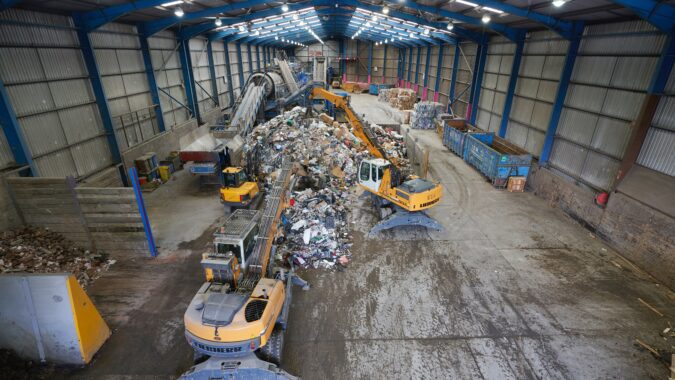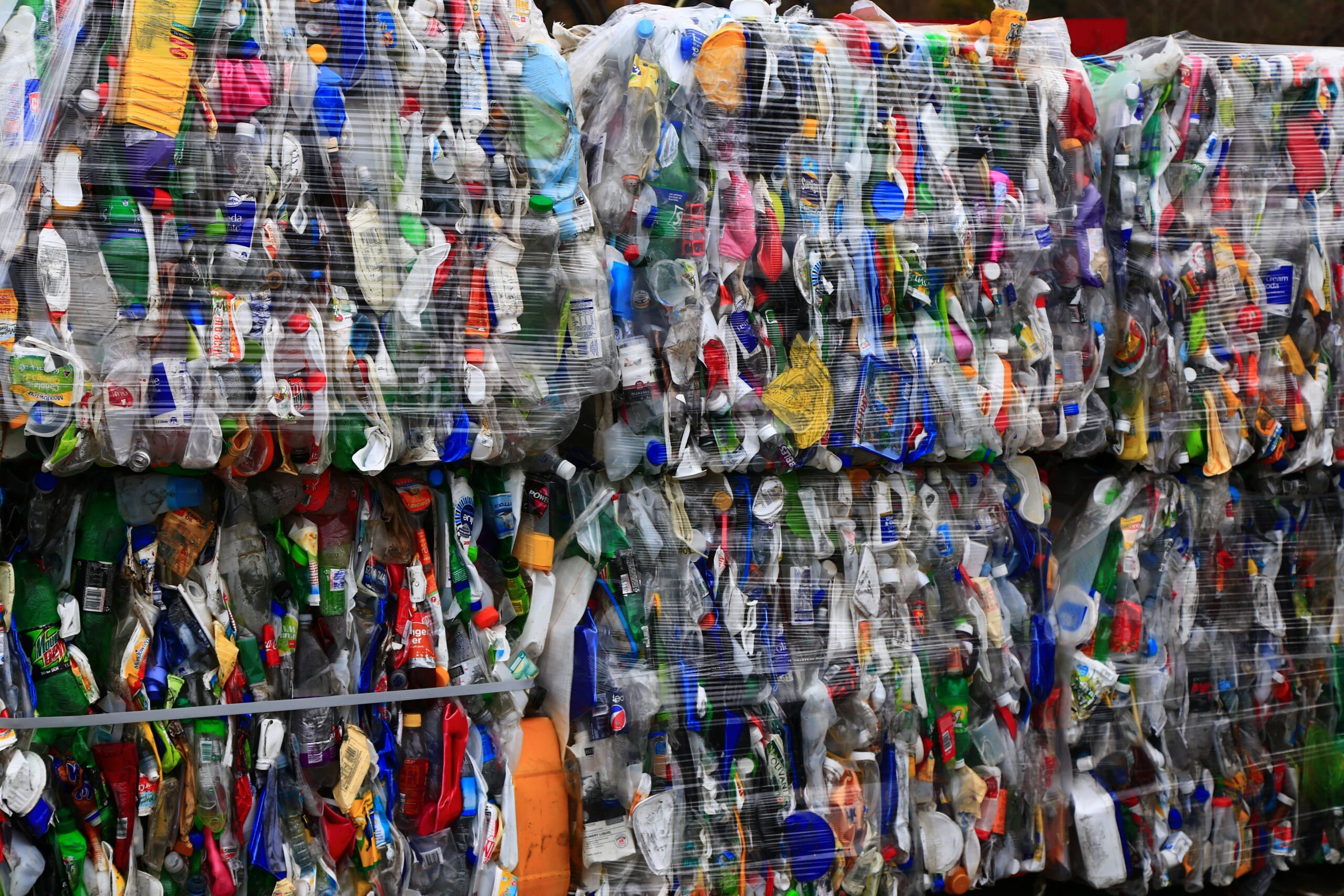What is an MRF?
A materials recovery facility – MRF – is where lots of commingled and single stream recycling goes after it leaves your business. MRFs are special facilities that accept recyclable trash, then sort, process, and prepare these recyclable materials so they’re ready to move on to manufacturers to reuse.
They’re sometimes called a materials reclamation facility, materials recycling facility, or just a ‘murf’, but they all refer to the same specialized plant. There are more than 350 materials recovery facilities in the US with at least one in every state. These are commingled materials recovery facilities but there are other types of MRFs that focus on specific materials.
MRFs play a key role in residential and commercial recycling and waste management, so it’s good to know what happens to your recyclable trash when it arrives at these facilities. Understand more about what an MRF is, how it works, and its importance for waste management and recycling across the USA and wider world.

What does a materials recovery facility do?
The role of a materials recovery facility is to receive, separate, and prepare recyclable materials so they’re in good condition to sell to an end buyer (manufacturer). They accept single stream recycling and commingled materials that require segregating and sorting before they can be processed and recycled into new materials and products.
MRFs use various types of machinery, equipment, and manual labor to separate materials efficiently into their individual streams so they’re ready for reuse. The methods and machinery can vary across MRFs depending on their size and the materials they accept, but each one prepares waste so it’s ready for recycling and reuse.
The main materials and examples that an MRF sorts and processes are:
How does an MRF work?
Specific processes that occur at a materials recovery facility may change depending on the plant. Most follow the same key steps, which include:
- Receiving trash – haulers dump their loads of commingled waste at the MRF, usually unloading them onto the tipping floor.
- Manual sorting – large non-recyclable items are removed initially before the rest of the garbage is put on a conveyor belt and moved along. Workers manually remove non-recyclable and contaminated items, which might be disposed of with municipal waste if they can’t be reused or recovered.
- Machine separating – waste that passes this stage often goes onto another conveyor belt and, depending on the equipment at the MRF, is further segregated. Magnets, infrared sensors, and air classifiers are just some of the equipment used to separate metals, plastics, and paper.
- Further segregation – once all the materials are separated into their individual streams, they may undergo further segregation (such as separating plastics by resin codes and metal cans by aluminum and steel).
- Baling – the likes of cardboard, paper, plastic, and metals are compacted using a baler to reduce their volume for more efficient storage. Glass is often crushed into cullet.
- Removal – these bales are stored and eventually removed and delivered to specialist manufacturers who recycle the materials and create new products from it.
Are there different types of MRFs?
There are various types of MRFs. Most accept single stream recycling, where lots of clean and dry materials are mixed together (such as bits of paper, cardboard, plastic, metal, and glass in one load). However, some are dual stream (only accept paper and cardboard, for example), and others are source-separated (only accept one type of material, such as mixed paper).
The main differences between MRFs are whether it’s a clean or dirty MRF:
- Clean MRFs – a clean MRF only accepts recyclable materials that are already separated from solid waste. This is usually single stream recycling thrown away in one dumpster from homes and businesses. It helps reduce contamination and clean MRFs normally recycle more materials than dirty MRFs.
- Dirty MRFs – a dirty MRF accepts recyclable trash with municipal solid waste. They use extra processes and a combination of machinery and manual labor to separate recyclables from solid waste and meet industry quality standards. Dirty MRFs can process high volumes of waste but there’s normally more contamination, which can mean some materials become unrecyclable, especially wet paper and cardboard. It’s believed only 5% of MRFs in the US are dirty MRFs.

Send garbage to an MRF
with Business Waste
At Business Waste, we provide commercial garbage collections for companies including single stream recycling. If you run a small organization or produce minimal amounts of cardboard, paper, plastic, and/or metal waste, then single stream recycling with one dumpster can be more cost-effective and easier than having separate dumpsters for each material.
This is a common choice for offices and retail stores, especially those with limited storage space for their dumpsters. Lots of the single stream recycling we collect is transported to an MRF to separate and recycle it, keeping it away from landfill for a sustainable solution.
Find out more about our single stream recycling services and what happens to your waste by talking to one of our friendly team. They’ll happily provide further information, answer any questions, and provide a free quote for your recycling collections – call 888 584 2118 or contact us online today.
Have your waste collected
Get a fast FREE quote for your waste collection 0800 211 83 90
- Free quote within 1 hr
- Any type of waste
- FREE bins and delivery
- We cover all of the UK